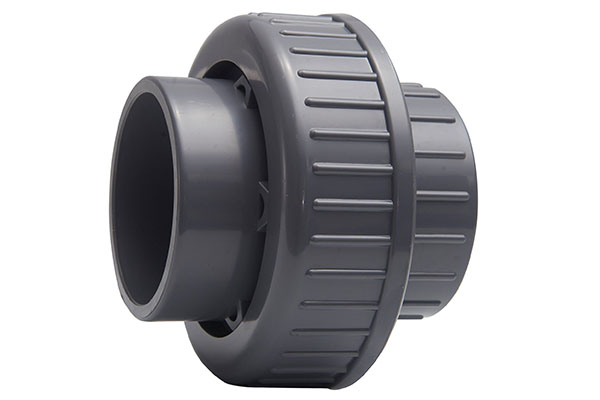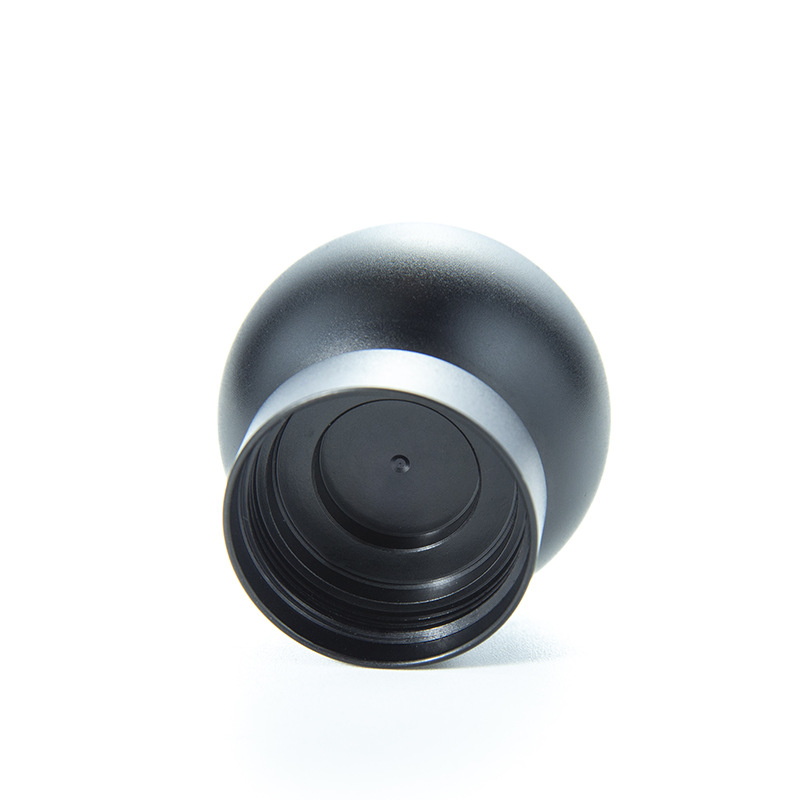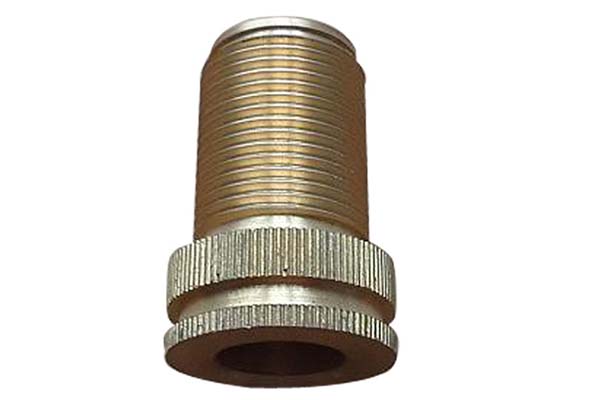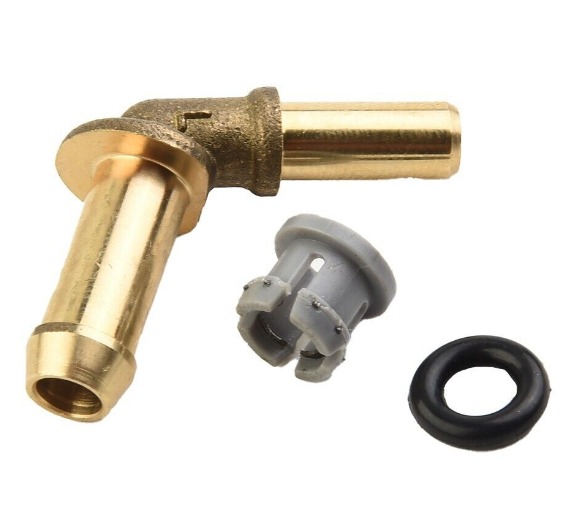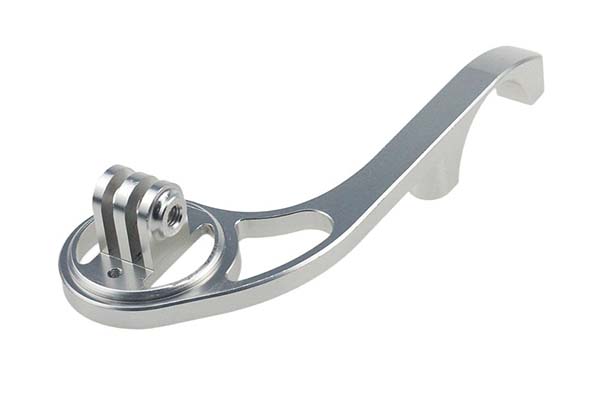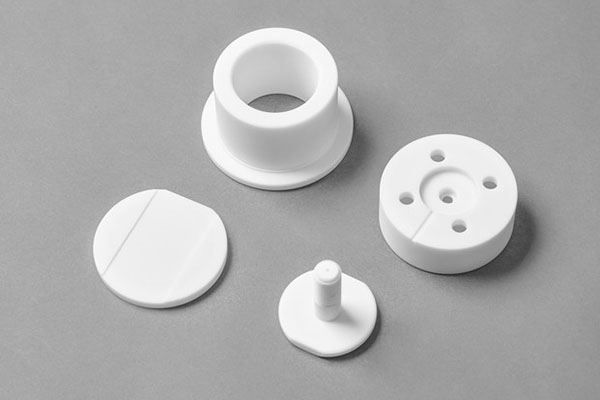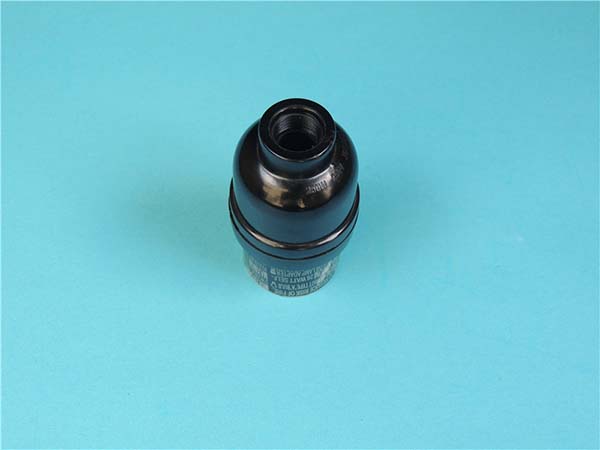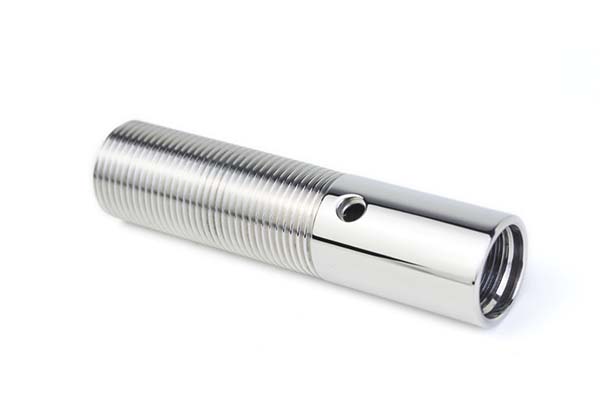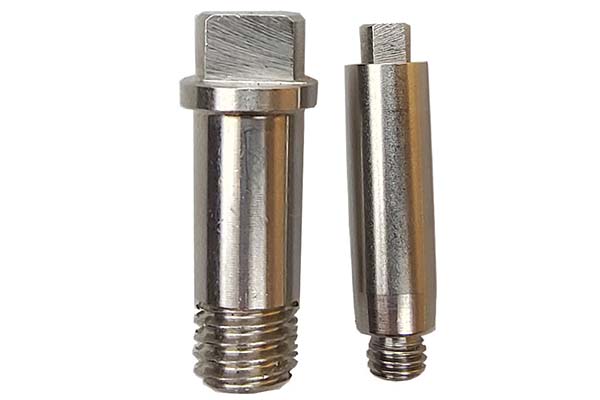Introduction
Tungsten is a unique metal prized for its extreme hardness and high melting point, but these properties make it one of the most challenging materials to machine. Manufacturers often struggle with rapid tool wear, slow material removal rates, and maintaining tight tolerances due to its brittleness. This article addresses these pain points by exploring tungsten’s material properties, breaking down effective CNC machining processes, highlighting essential tooling, and explaining quality control measures, providing you with the expertise to achieve precise and efficient results.
Material Properties and Applications of Tungsten
Key Material Properties
Tungsten stands out for its exceptional physical properties. With a tungsten hardness of 200–350 HV (Vickers), it is one of the hardest metals, second only to diamond in industrial materials. Its tungsten density is equally impressive at 19.3 g/cm³—nearly twice that of lead—making it ideal for weight-critical applications like balancing weights.
In terms of thermal and electrical performance, tungsten thermal conductivity is 173 W/(m·K), allowing it to dissipate heat effectively, while tungsten electrical conductivity (30% IACS) suits it for electrical contacts. Its melting point of 3422°C is the highest among metals, ensuring stability in extreme high-temperature environments.
Industrial Applications
Tungsten’s properties make it indispensable across industries. In the aerospace industry, it is used for rocket nozzles and heat shields, where its high melting point resists combustion temperatures. In electronics, it forms filaments for high-temperature lamps and electrical contacts in power systems, leveraging its conductivity and heat resistance.
The medical devices sector relies on tungsten for radiation shielding in X-ray machines and proton therapy equipment, thanks to its density. It also finds use in precision tools and wear-resistant components, where its hardness ensures longevity.
Machining Processes and Techniques for Tungsten
CNC Milling, Turning, and Drilling
CNC milling of tungsten requires rigid machines and slow feed rates to handle its hardness. Spindle speeds typically range from 500–2000 rpm, with feed rates of 0.01–0.05 mm/rev to minimize tool wear. CNC turning of tungsten uses similar parameters, with carbide inserts designed for hard metals to achieve smooth surfaces.
CNC drilling of tungsten is particularly challenging due to its brittleness. Using diamond-coated drills and peck drilling cycles (intermittent retraction to clear chips) prevents breakage. Coolant is critical here—high-pressure systems (300–500 psi) flush chips and dissipate heat, protecting both tools and workpiece.
Advanced Machining Methods
For complex shapes or ultra-hard tungsten alloys, alternative techniques are often necessary. Laser machining of tungsten offers precision for intricate patterns, though it is slower and more costly. EDM (Electrical Discharge Machining) of tungsten is another option, using electrical sparks to erode material without physical contact, ideal for tight corners and thin sections where mechanical machining risks breakage.
Tungsten grinding methods are essential for finishing, with diamond grinding wheels achieving surface roughness as low as Ra 0.02 μm. This step is crucial for parts requiring high dimensional accuracy, such as aerospace components.
Tooling and Equipment for Tungsten Machining
Essential Tools and Materials
Tungsten machining tools must be extremely hard to withstand the material’s abrasiveness. Carbide cutting tools for tungsten (grade K10–K30) are the workhorses, offering better wear resistance than high-speed steel. For superior performance, diamond tools for tungsten (polycrystalline diamond, PCD) extend tool life by 5–10 times, though they come at a higher cost.
Tool holders for tungsten machining must be rigid to prevent deflection, which can cause poor surface finish and tool breakage. Hydraulic or shrink-fit holders provide the necessary stability, ensuring precise cuts even at low feed rates.
Equipment and Coolant Systems
CNC machine tool selection for tungsten prioritizes rigidity and power. Heavy-duty vertical machining centers (VMCs) with high torque spindles (≥20 Nm) handle the cutting forces, while advanced controls maintain consistent feed rates.
Coolant systems for tungsten machining are critical to manage heat and chip removal. Oil-based coolants with extreme pressure additives reduce friction, while high-flow pumps (10–20 L/min) ensure continuous contact with the cutting zone. This minimizes tool wear and prevents workpiece overheating, which can cause brittleness.
Quality Control and Finishing for Tungsten Parts
Precision and Inspection
Maintaining tolerance in tungsten machining is challenging due to its brittleness and tendency to spring back after cutting. Typical tolerances range from ±0.01–0.05 mm for most parts, with advanced techniques achieving ±0.005 mm for critical components. Inspection methods for tungsten parts include coordinate measuring machines (CMMs) for dimensional checks and laser scanners to verify surface finish.
Dimensional accuracy in tungsten machining is ensured by post-machining annealing (heating to 1000–1200°C) to relieve residual stresses, preventing warping over time.
Surface Treatment and Finishing
Surface finish of tungsten is often enhanced through grinding, achieving Ra values as low as 0.02 μm for sealing surfaces. Heat treatment of tungsten parts (stress relieving) improves stability, while coating and plating of tungsten (e.g., gold or nickel) enhances corrosion resistance and electrical conductivity. These steps are critical for parts used in harsh environments or requiring specific functional properties.
Yigu Technology's Perspective
At Yigu Technology, we specialize in CNC machining tungsten, leveraging our expertise in tool selection and process optimization to tackle its challenges. We use diamond tools and rigid machining centers to minimize wear and achieve tight tolerances. Our advanced cooling systems and quality control protocols ensure consistent results, whether for aerospace components or medical devices. Trust us to deliver high-precision tungsten parts that meet your most demanding requirements.
FAQ
- Why is tungsten so difficult to machine?
- Tungsten’s extreme hardness (200–350 HV), brittleness, and high density make it abrasive to tools, requiring slow feed rates and specialized equipment to avoid breakage.
- What tools are best for machining tungsten?
- Diamond tools (PCD) and carbide tools (grade K10–K30) are most effective, with diamond tools offering longer life for high-precision applications.
- What tolerances can be achieved when machining tungsten?
- Typical tolerances are ±0.01–0.05 mm, with advanced techniques (EDM, precision grinding) achieving ±0.005 mm for critical parts.
